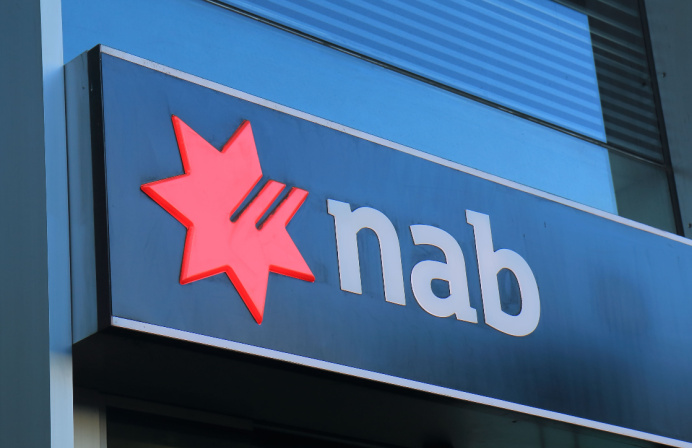
A cohort of international central banks has completed a successful proof of concept showing that financial institutions can transact and settle multiple central bank digital currencies (mCBDC) with each other over a common platform.
Dubbed ‘Project Dunbar’, the development team – led by the Bank for International Settlements (BIS) Innovation Hub (Singapore branch), alongside the Reserve Bank of Australia (RBA), Bank Negara Malaysia, the Monetary Authority of Singapore, and the South African Reserve Bank – has announced the completion of two prototypes that facilitate – over a single platform – direct cross-border settlements between financial institutions using multiple fiat digital currencies.
The project is among the first technical experiments in the transaction of multi-CBDCs, with the BIS hoping the creation of a common platform could cut costs and increase the speed of transactions.
The prototypes were underpinned by blockchain platforms Corda and Quorum, and further expanded upon by cross-border paytech developers R3 and Partior – each built, respectively, on Azure and AWS cloud.
Andrew McCormack, head of the BIS Innovation Hub Centre in Singapore noted that while “a common platform is the most efficient model for payments connectivity, [it] is also the most challenging to achieve”.
Foremost among these challenges, the BIS noted, is the need to balance respect for regulatory differences between jurisdictions, including national security concerns and financial systems resilience measures, with the objective to ensure a seamless cross-border payments flow. The project also needed to define which entities would be allowed to hold and transact with CBDCs on the platform. (A direct model would see non-resident banks transact directly with central banks, while a hybrid model would see non-resident banks transact via an intermediary local commercial bank).
Findings from the project confirmed that any such arrangement should be subject to the governance deemed appropriate by central bank participants, including allowing them to retain control of the application of rules on a jurisdictional and currency level.
McCormack added: “Project Dunbar demonstrated that key concerns of trust and shared control can be addressed through governance mechanisms enforced by robust technological means, laying the foundation for the development of future global and regional platforms.”
Central bank digital currencies, or digital tokens, are effectively the digital form of a country’s fiat currency, pegged to the value of this currency.
The RBA, alongside big four banks CBA and NAB, have been exploring use cases for CBDCs over the last two years, most notable as part of Project Atom, which developed a proof of concept for a blockchain-backed platform that could issue a wholesale form of CBDCs to fund, settle and repay a tokenised syndicated loan.
The Commonwealth Bank of Australia is also pursuing its own use cases for digital currencies.
Speaking at Blockchain Week earlier this week, Sophie Gilder, managing director of blockchain and digital assets at CBA noted that a “big focus” for the bank over the coming year was in the research and development of programmable currencies, or CBDCs, which, she said, has “a huge potential… to remake what you can do in financial services”.
RBA assistant governor (financial system) Michele Bullock said the BIS-led mCBDC project “has provided valuable insights into the opportunities and challenges associated with developing a shared platform for multiple CBDCs to enhance cross-border payments”.
“Allowing entities to directly hold and transact in CBDCs from different jurisdictions could reduce the need for intermediaries in cross-border payments, but it would need to be done in a way that preserves the security and resilience of these payments.
While acknowledging that there is still “more work to be done” in determining the feasibility and design of multi-CBDC platforms, she said that “the findings from Project Dunbar provide a good platform for future work in this area”.





